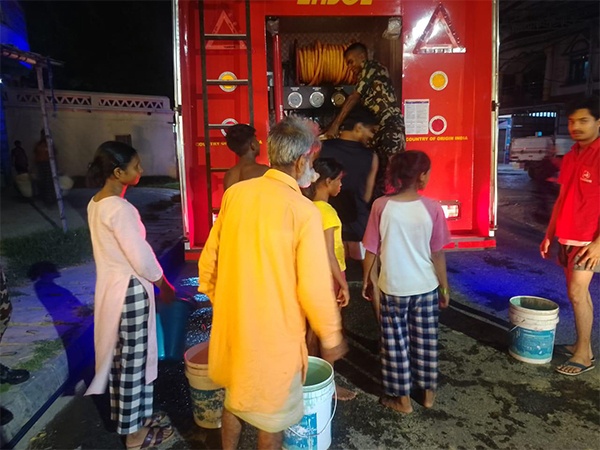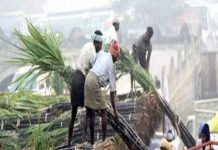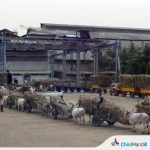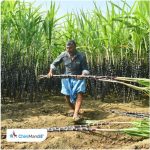A severe water shortage is gripping Nepal’s Madhesh Province, where hand pumps, wells, and other water sources have dried up. In response, the provincial government has begun mobilizing fire engines and other vehicles to distribute water to the worst-affected areas.
Typically, the June to September period marks Nepal’s monsoon season, but this year, the rains have largely bypassed the country’s southern plains—the nation’s agricultural heartland. As a result, eight districts in Madhesh have officially been declared drought-affected.
“All eight districts of Madhesh Province are now under drought declaration. The region, which normally receives sufficient monsoon rain, is facing an unusual dry spell. Paddy cultivation is seriously affected—only 36 percent of arable land has been planted so far, compared to the usual 70 to 80 percent,” said Chief Minister Satish Kumar Singh in an interview with ANI.
Among the affected areas, Parsa district has been hit hardest. In Birgunj and nearby areas, residents are struggling with a daily water crisis. Hand pumps have run dry, and water is scarce even for basic needs like cooking, bathing, or flushing toilets.
To address the crisis, the provincial government has deployed fire engines with a capacity of 5,000 litres each. Operated in coordination with the Nepal Army, these vehicles are supplying water to affected areas. “The government procured eight fire engines, now stationed in Birgunj. Collectively, they can deliver up to 100,000 litres of water. This is our attempt to ease the crisis and support communities facing severe shortages,” said Chief Minister Singh.
Agriculture remains the backbone of Madhesh’s economy. According to the Nepal Rastra Bank’s 2024 economic report, the province contributes an estimated NPR 707 billion to the national GDP, with agriculture accounting for over 35 percent of its output. Crops such as rice, vegetables, fruits, and spices are central to local livelihoods. However, the failure of this year’s monsoon has left many farmers in distress.
“I don’t know how we’ll survive this year,” said Brij Yadav, a farmer in Janakpurdham, as he looked over his parched fields. “There’s no water to plant. We are worried about what lies ahead.”
The crisis isn’t limited to agriculture. Prolonged dry conditions have affected deep borewells, once seen as reliable sources of water. “We don’t even have water to drink, let alone for farming,” said Ganga Kant Jha, another resident of Janakpurdham. “We have to carry water from distant places in gallon containers just to meet basic needs.”
While Madhesh faces drought, other regions of Nepal are suffering from monsoon-related disasters. Since the start of the season, around two dozen people have lost their lives due to landslides and flooding. In one of the most serious incidents, 11 people were killed and 17 remain missing after the Bhotekoshi River flooded, triggered by a glacial lake burst in Tibet. Glacial lakes across the Himalayas are at risk of bursting due to accelerated melting linked to climate change.
Despite the crisis, the provincial government says it is yet to receive a response to its request for support from the federal government. “We have asked the central government to declare relief measures for the agricultural sector, but we haven’t heard back yet. We’ve also reached out to aid agencies and INGOs, though there’s no concrete help so far,” Chief Minister Singh added.
Studies show that Nepal is experiencing shifts in temperature and rainfall patterns at a faster rate than the global average. The country’s maximum temperature is rising at 0.05°C annually, significantly affecting weather systems.
Interestingly, the current drought comes even as Nepal’s meteorological office predicted above-average rainfall for this monsoon season. The National Disaster Risk Reduction and Management Authority (NDRRMA) forecasts that nearly two million people across the country could be affected by floods and landslides this year. Lumbini Province is expected to be the worst-hit, followed by Bagmati, Gandaki, Koshi, Madhesh, Sudurpaschim, and Karnali.
Last year, continuous rainfall over three days led to massive destruction, including the loss of around 200 lives. With climate patterns becoming increasingly unpredictable, both drought and flooding are expected to pose ongoing challenges to Nepal’s food security and disaster preparedness.

















